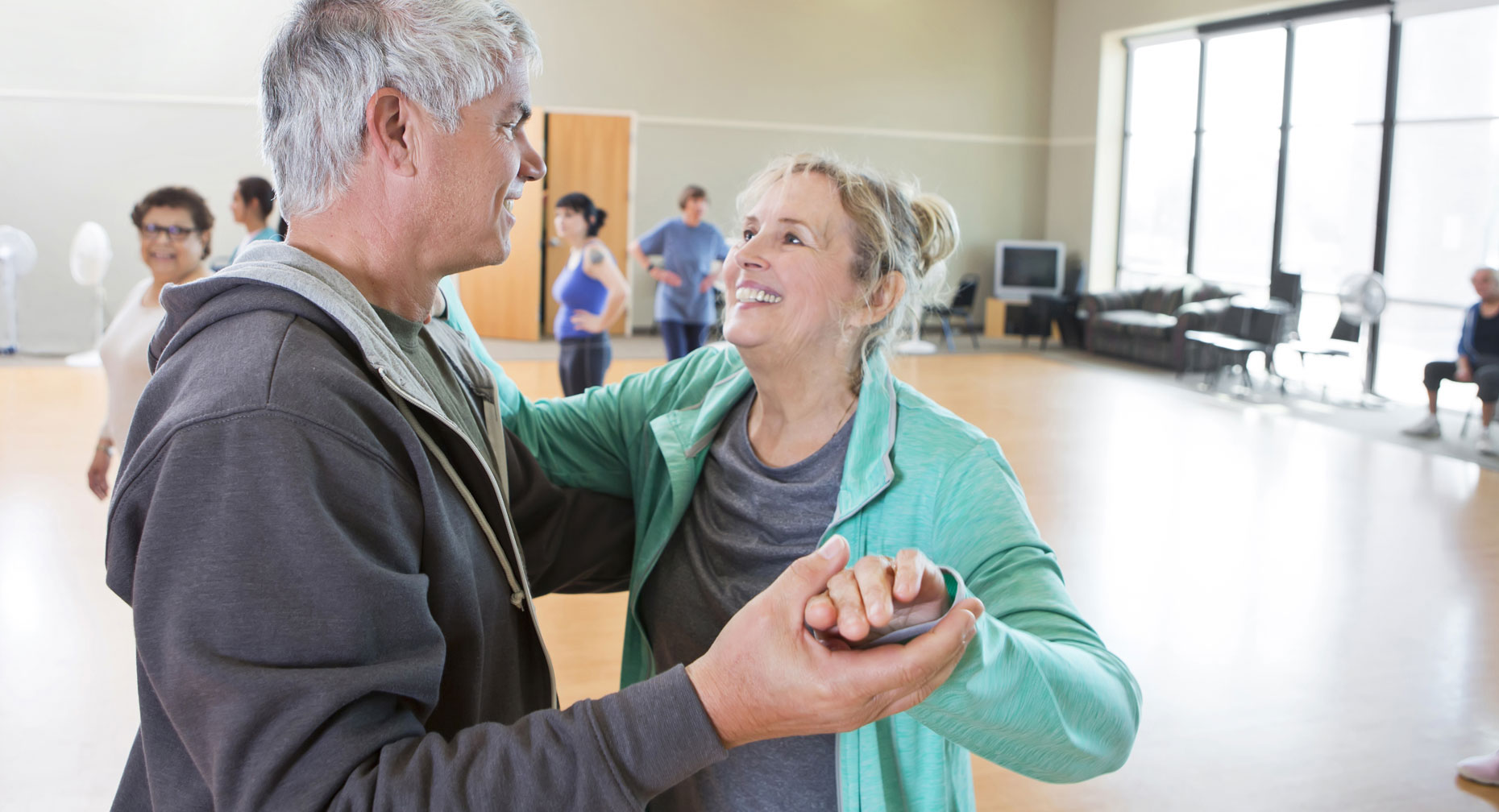10 Exercise Tips For Safe Diabetes Control

Answer a few questions and we'll provide you with a list of primary care providers that best fit your needs.
Exercise enhances our well-being and lowers the risk of many diseases. And this holds true for preventing and controlling diabetes.
Physical therapist Lisa Duncan, PT, ATC, says that for anyone with diabetes, exercise is an essential element of a three-pronged approach — with diet and medication — for keeping blood sugar levels in normal ranges.
She offers the following 10 tips to help you safely harness the power of exercise to control your blood sugar level:
1. There’s No “One-size-fits-all” Exercise Prescription For Controlling Diabetes
With the help of your health care provider, you can find the types of exercise that are most effective and safe for you, based on your current physical condition and unique needs.
Duncan said, “From a physical therapy perspective, if you are referred to us for an exercise prescription, we’re going to look for any red flags or exercise precautions. Do you have diabetic eye disease? Then we need to make sure you exercise in a well-lighted area and limit how much weight you’re lifting. If you have an active foot ulcer from diabetes, we also need to limit the amount of weight you’re bearing. In this case, a bicycle might be a better option, while aquatic exercise would not be an option.”
She adds that people with diabetes who have limited sensation in their feet due to peripheral neuropathy may be cleared for weight-bearing exercise such as walking. “But you need to inspect your feet on a regular basis,” she cautions.
2. Talk With Your Health Care Provider Before You Begin an Exercise Program
This is especially important if you haven’t been active in a while. Ask your doctor for exercise recommendations appropriate for you and guidance on a target range for your blood sugar levels.
Also ask if you need to change the amount of medicine you take or food you eat before physical activity, as exercise can increase the effectiveness of insulin in converting blood sugar into energy for your body’s cells.
Family physician Joseph Allen, MD, talks about how exercise is just as important as medication in controlling diabetes.
Click play to watch the video or read video transcript.
And if you’re uncomfortable about how safe exercise might be for you, Duncan suggests asking your physician to write a physical therapy prescription. Just a couple of physical therapy sessions can provide the confidence needed to launch a diabetes exercise program, she said.
“As you get started with exercise, physical therapists can monitor you, make sure you’re comfortable with it and that you’re doing it correctly and safely.”
3. Get Aerobic And Resistance Exercise
Aerobic exercise raises your heart rate and breathing. Based on your health condition, you should exercise at moderate to vigorous intensity.
“Look around at your family and say, ‘You know what? I’m not just doing this for me. I’m doing this for them, too.’”
Moderate aerobic exercise includes brisk walking, swimming, aquatic exercise, a class at the YMCA, as well as gardening, raking, shoveling, and ballroom dancing. These activities cause you to perspire while allowing you to engage in conversation.
Vigorous aerobic exercise increases heart rate and perspiration and prevents you from speaking in complete sentences. Examples include hiking hilly terrain, riding a bike at a higher intensity, jogging, fast dancing, and martial arts.
Resistance exercise includes using dumbbells, medicine balls, weight machines, and body weight exercises.
4. Exercise At Least Three Days a Week
“We would prefer that you exercise every day,” Duncan said. “But take no more than two consecutive days off from aerobic physical activity unless you’re ill.” Resistance exercise should be done three days a week.
5. Warm Up And Cool Down
Before reaching full intensity, be sure to warm up for five minutes at a lower intensity. And cool down for five minutes at the end of your exercise session. A warmup gets your blood flowing to warm your joints and reduce the risk of injury.
6. YMCAs: An Excellent Place For Safe Exercise For Diabetes
“If you’re a member of a YMCA, that’s a great place to start,” Duncan said. “YMCAs in this area have wonderful programs geared toward people who are more at risk for diabetes and other diseases. You shouldn’t be intimidated walking into a YMCA.”
7. Don’t Have a Gym Membership? Don’t Worry.
You can get the exercise you need right at home with a good pair of properly fitted shoes and simple equipment, Duncan says. And even no equipment. For resistance exercise, Duncan recommends dumbbells, body weight exercises such as pushups, cuff weights, and resistance bands.
8. Exercise Also Works For People With Prediabetes
Prediabetes is a condition with elevated blood sugar levels that are not yet up to the diabetes range. Duncan said exercise can prevent prediabetes from becoming diabetes.
“We like to see people with prediabetes get into a fitness routine and realize, ‘Hey, I’ve got better health now and better numbers as a result of doing these exercises three to five days a week, and now I’m no longer prediabetic.' The numbers tell the story,” she said. They convince patients with prediabetes of the value of regular physical activity.
9. Find an Exercise Buddy To Keep You On Track
“Find people that will hold you accountable, somebody you’re meeting with three days a week, to do a brisk walk workout with, or some swimming with, or an aquatic exercise program with,” Duncan said.
10. Think Of Your Family
For an extra spark of motivation, Duncan suggests, “Look around at your family and say, ‘You know what? I’m not just doing this for me. I’m doing this for them, too.’”
Answer a few questions and we'll provide you with a list of primary care providers that best fit your needs.
Source: American Diabetes Association; National Institute of Diabetes and Digestive and Kidney Diseases; Lisa Duncan, Premier Health Sports Medicine and Physical Therapy in Lebanon; Dr. Joseph Allen; Premier Health Family Care of Vandalia







